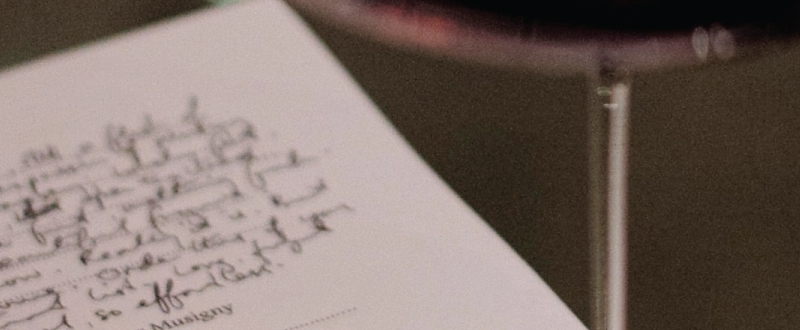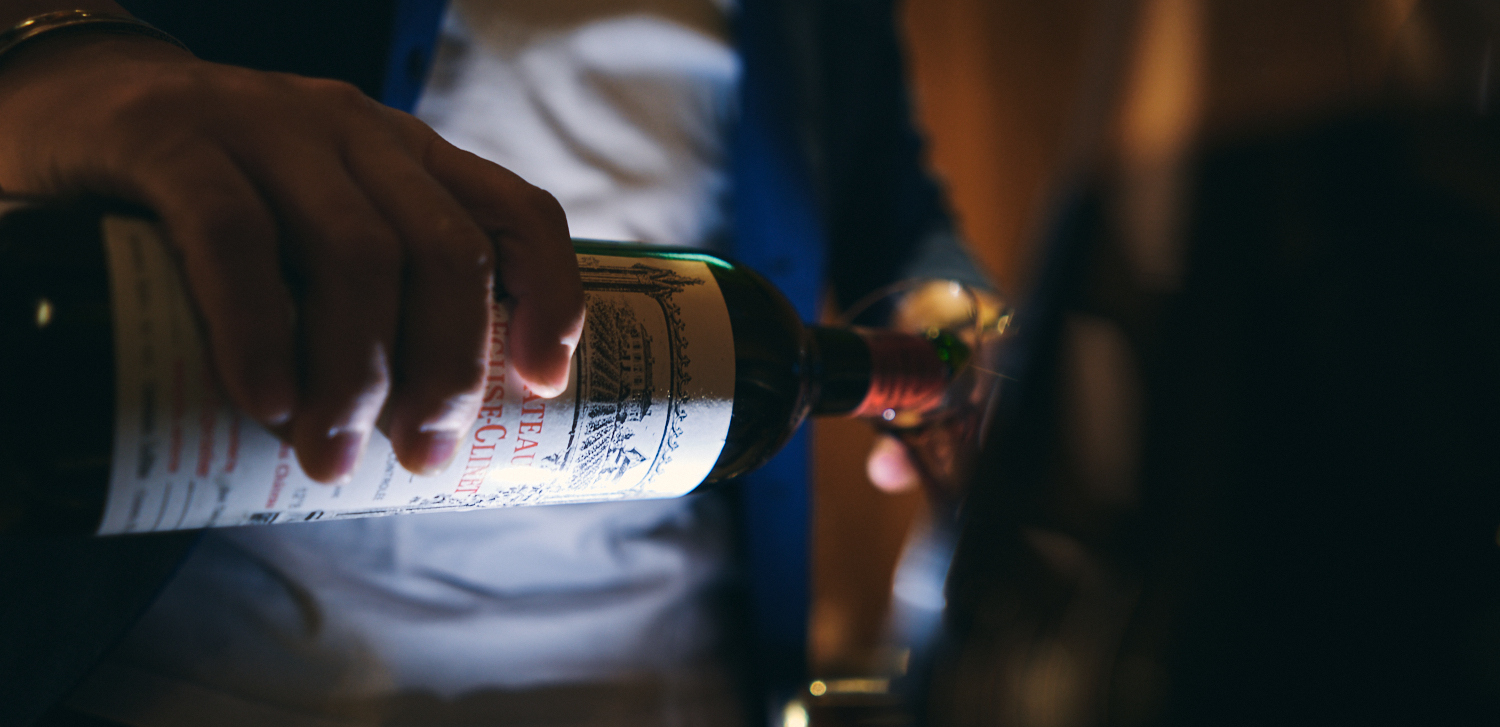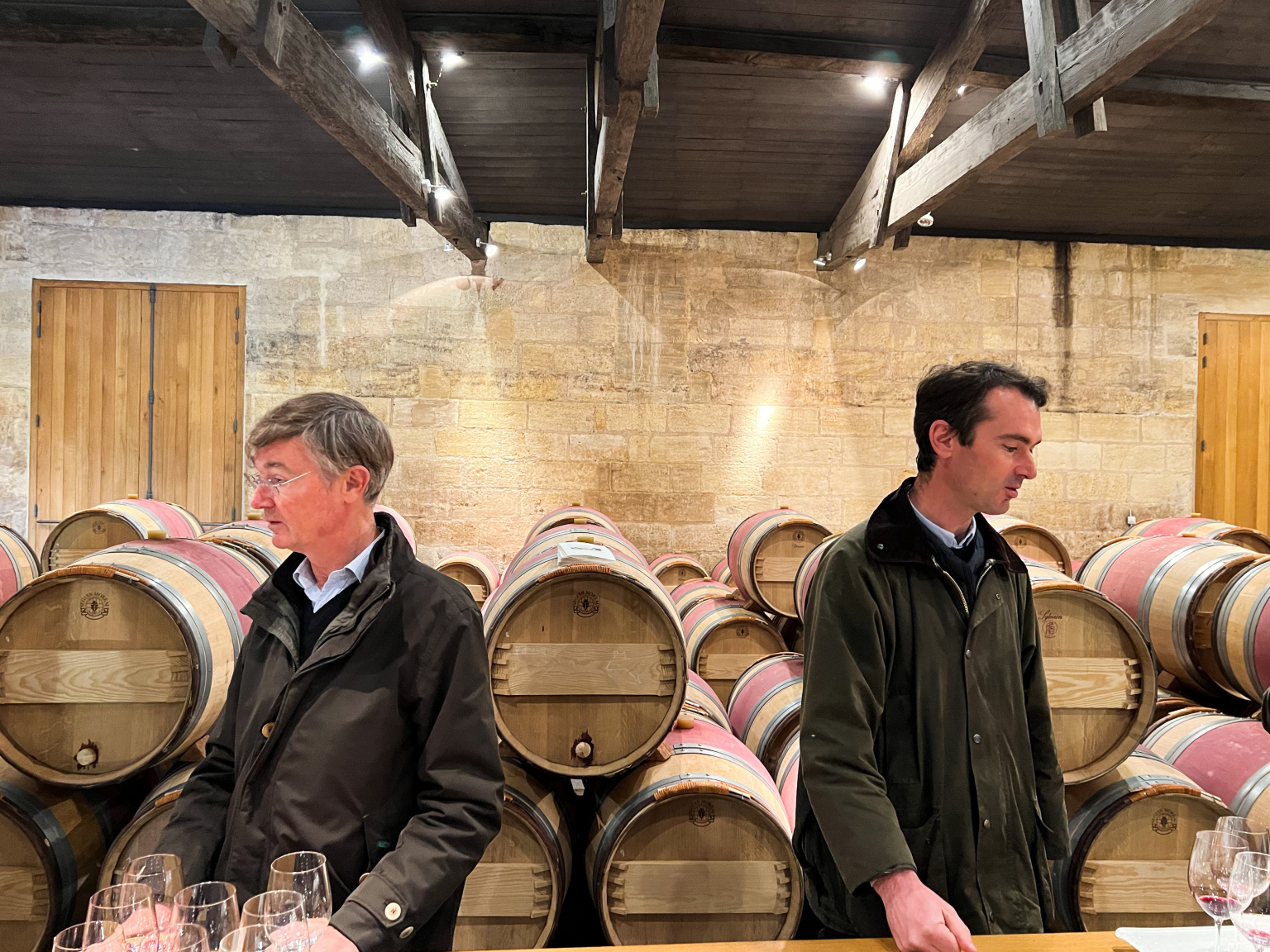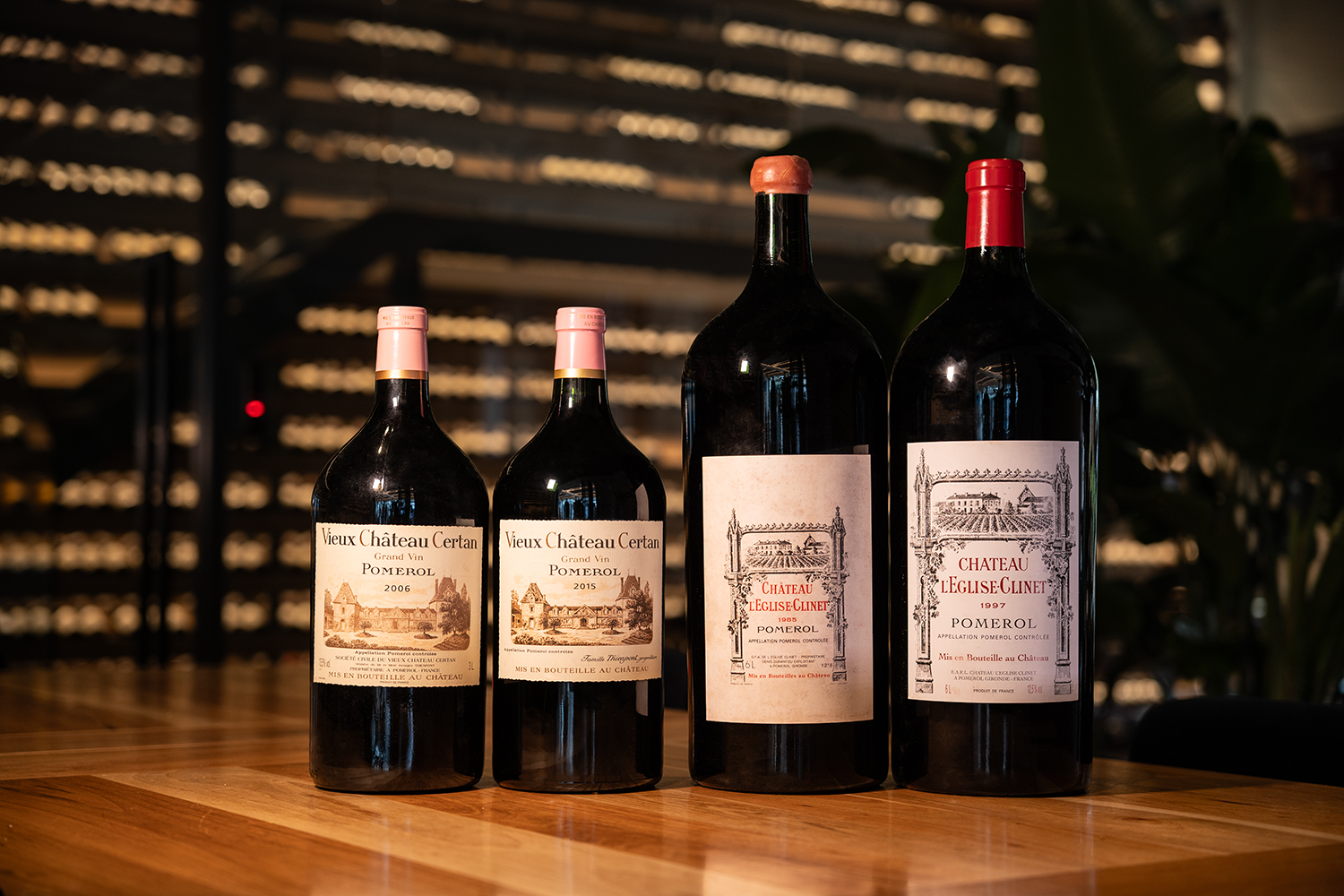

By Linden Wilkie, 21 Jul 2023
My recent personal buying of Bordeaux has included something of a Pomerol focus. The main reason is a simple one, and should lead our buying decisions – I like the wines. I buy them young, while they are available, because I want the pleasure of knowing they are in my cellar, and imagining drinking them someday when they are ready. When I get the chance to buy them mature, I do, but those opportunities are rare.
But the other thing guiding this buying is quality. I’ve noticed a real rise in the quality at a number of these châteaux – a string of successes across vintages of all stripes and styles. Unlike the frenetic rise of new stars in places like Burgundy, with Bordeaux it usually takes time for prices en primeur to catch up with real rises in quality that are often well discussed by critics. Perhaps there is some FOMO involved, but I want the reassurance that I’ve put some of these in my cellar now, while prices seem really very reasonable for what’s in the bottle.
And we should remember that Pomerol is usually made in annual quantities a fraction of what the leading estates of the Médoc make. It takes less new demand to drive up prices as a result. It also means that when you share a bottle with friends, its less likely they will have tried the wine before.
Of course Château Petrus and Château Lafleur lead the table. I love both, but they are in a different price bracket to the châteaux I’d like to focus on today. While this list is by no means exhaustive, here are four Pomerol château to watch, enjoy, and cellar if you are not already.

Château La Conseillante
Grand vin typically 80% Merlot, 20% Cabernet Franc. 3500~4000 cases.
The 2022 of this from barrel at the Bordeaux primeurs this spring was one of the very finest wines of the vintage, and one of the finest wines from La Conseillante I can recall tasting at all. I thought the previous MD here – Jean-Michel Laporte – did a fine job, but Marielle Cazeaux, who has lead here since 2015, is steadily bringing this property to another level. They know it – we saw a big jump in the primeur price this year. But I think they deserve it. The 2021 – a tricky year – was so good, I bought some for myself. The style here is classical – with fine, well-defined but elegant structure, plenty of perfume and a refined feel. On Christmas Even last year I shared a bottle of the 2001 La Conseillante with my wife –
A full-garnet, still fairly fresh at the rim; aromatic and complex, but also still a very fresh expression, red and dark forest berries, bursting with fruity-fresh aroma, plus notes of truffle, leather, smoke, and forest floor – a really inviting aroma; the palate shows concentrated flesh, round fruity and supple, concentrated yet fresh in expression, moderate in weight, complex and satisfying in flavour that follow the aromas. A really long finish with supple tannins. Absolutely delicious. Now-2038. 95/100

Château L’Eglise-Clinet
Grand vin typically 85% Merlot, 15% Cabernet Franc. 1000~1500 cases.
The story here is almost as intertwined with the late great Denis Durantou (1957-2020) as Henri Jayer and Cros Parantoux. Denis was deeply devoted to this 4.5ha vineyard, and widely praised for the intense, long-haul wines that he made here. My former colleague Alexandria Cubbage gave a detailed account of a vertical tasting we hosted of L’Eglise-Clinet in 2020. There’s every sign that Denis’ daughters Constance and Noëmie Durantou have picked up the baton successfully – the 2021 and 2022 have been well-received. And look at the production quantity – this is a rare wine.
Château L’Evangile
Grand vin typically 80% Merlot, 20% Cabernet Franc. 2000~3000 cases.
A neighbour to La Conseillante, it is owned by the Rothschild family of the Lafite side. In spite of great terroir it has not always delivered on that promise, it’s been a bit hit and miss over the years. During the Lafite demand frenzy years, I felt too that it was simply being pushed out to merchants in bundles with the easy-to-sell Lafite. That said, there had been some great years, like 1998, 1989, and last year I opened a bottle of 1985 that was absolutely beautiful. But I include L’Evangile here for two reasons. Firstly, when the balance is right, L’Evangile can show Pomerol’s more heady, seductive side beautifully. It’s usually a big wine, heart-on-its-sleeve, a pleaser. Here’s what I wrote about the 2016 L’Evangile tasted en primeur in Spring 2017 –
Deep colour; a fabulous nose – exotic and perfumed; rich on the palate, silky-textured, quite a more generous texture than many, some glycerin, though everything stays transparent, buoyant. Plenty of fragrance, flows very well. You can tell the alcohol is higher (14.8% abv), but it is well balanced, and does not feel ‘hot’. Supple long finish. Just delicious, immaculate. Superb. Clearly a Right Bank star in 2016. 94-96
Secondly, there seems to have been a blip in performance in the 2019 vintage – a L’Evangile much derided by critics. A change in management followed. The estate is also now being overseen by the dynamic young Saskia de Rothschild. So, L’Evangile is on my ‘one to watch’ list, and I suggest you add it to yours. For a sense of the style here in a top performing year, try the 2016.

Alexandre and Guillaume Thienpont at Vieux Chateau Certan, makers of a brilliant recent run of vintages.
©Linden Wilkie, April 2023
Vieux Château Certan
Merlot, Cabernet Franc, Cabernet Sauvignon – the blend in the grand vin varies a great deal, led either by Merlot or Cabernet Franc from very old vines. 4000~5000 cases.
Stylistically I find “VCC” somewhere near the heady fragrance and complexity of Cheval Blanc and Lafleur, and with an emphasis more on elegance and ‘digestibility’ than on power. It can be heady, but it is almost always an elegant wine. In the past decade or so it seems to have reached some sort of zenith in quality, with a string of outstanding vintages. It was my wine of the year in the 2014 vintage, 3rd place in the 2015 vintage, 2nd place in the 2018 vintage, 1st in the 2021 vintage primeur tastings. There was, I think, a bit of a lacklustre period here in the ‘60s, 70’s and ‘80s – it didn’t really grab my attention until the 1998 vintage. But I have opened bottles of the 1952, 1948, and 1928 that point to the real greatness and longevity in potential here. Over the past decade or so a visit to VCC during primeurs, is a visit to father Alexandre and son Guillaume Thienpont – VCC is in good hands, and there is every reason to believe more wine lovers will be drawn in to the spellbinding wines being made here.

